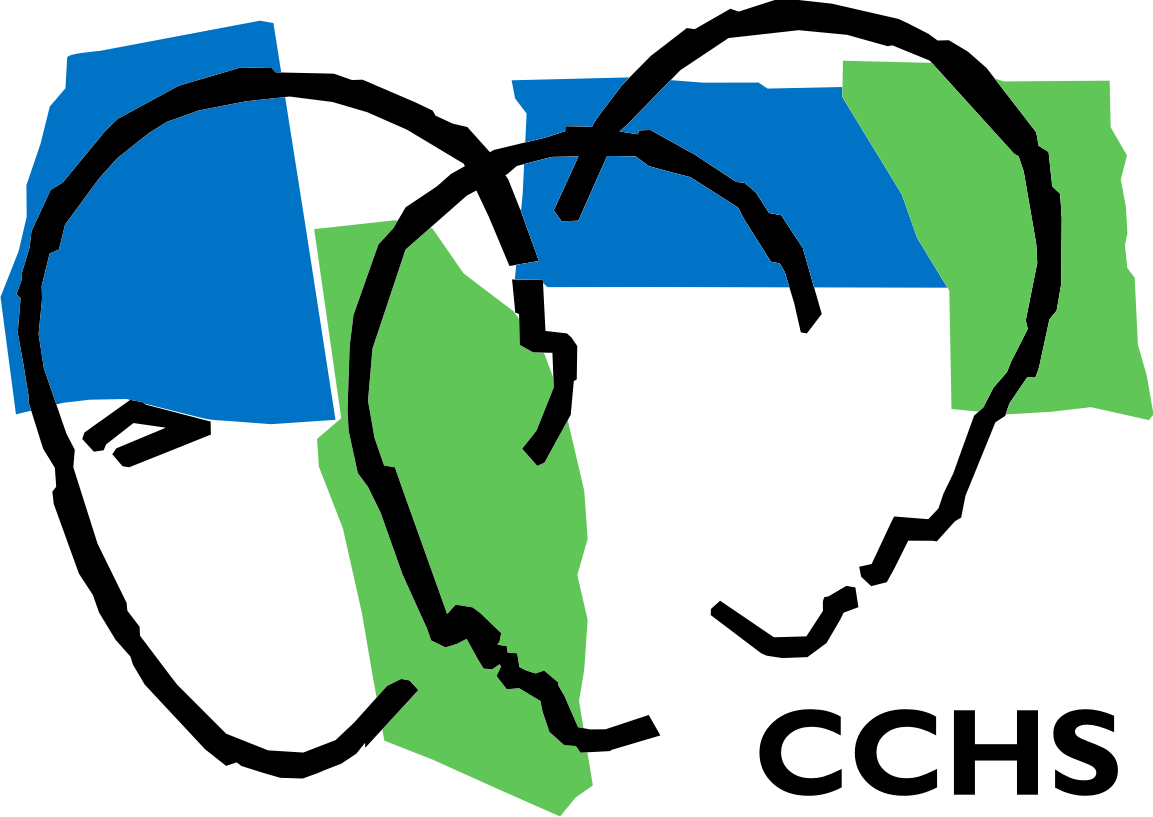BoneCommons: An online community building and sharing resources for archaeozoology
BoneCommons is an ICAZ-sponsored project developed by the Alexandria Archive Institute. Launched in May 2006, BoneCommons facilitates discussion and contact between zooarchaeologists worldwide by offering forums where ICAZ members can post papers, images, teaching resources, questions and comments.
All content on BoneCommons, while owned by the creator of the content, is openly viewable by the general public worldwide. Anyone can search BoneCommons and view its content. Please note that content contributions and comments are moderated, so there is a short delay between submission and posting. BoneCommons moderators reserve the right to reject any content they deem inappropriate for this site.


































